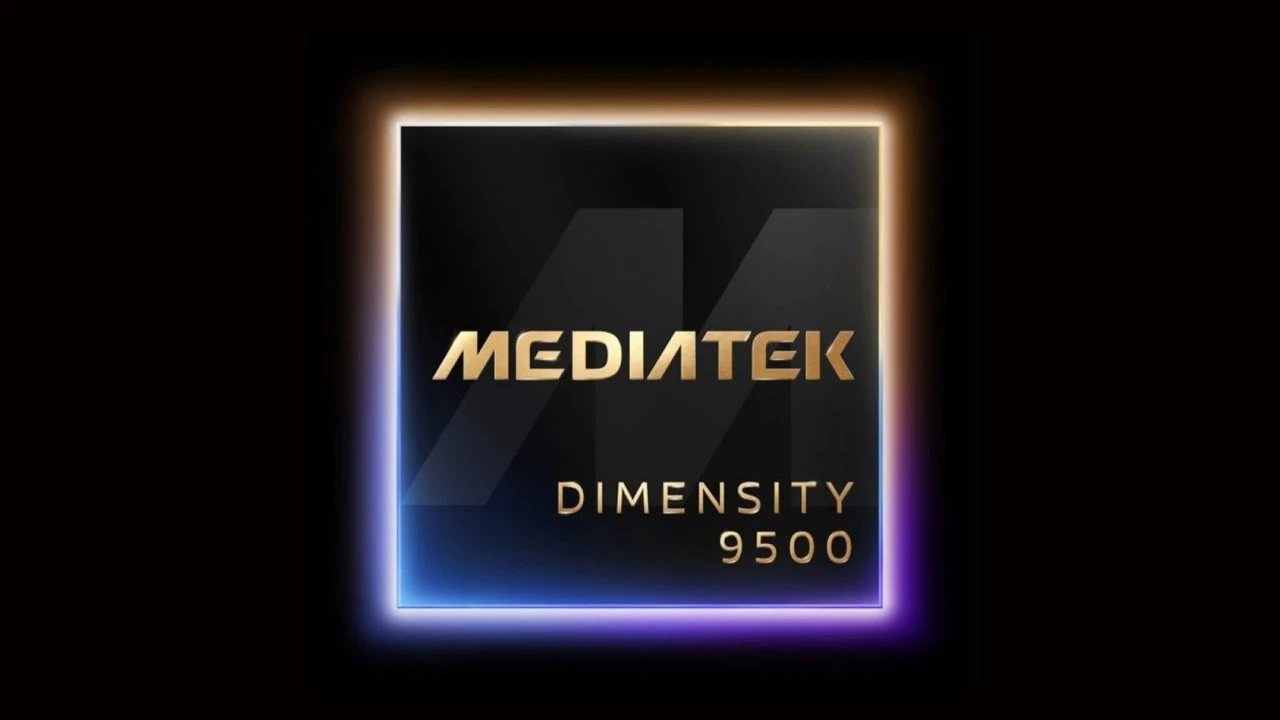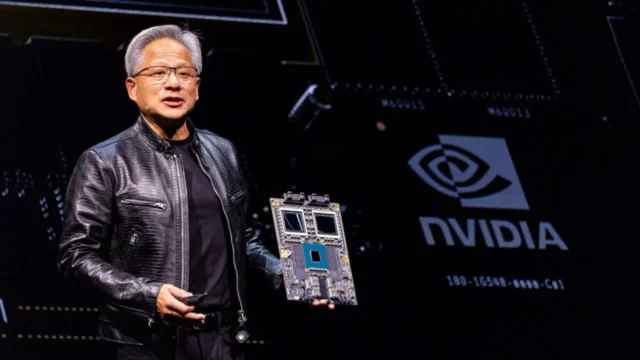MediaTek’s next-generation flagship chipset, the Dimensity 9500, is redrawing the boundaries of mobile technology. In-depth testing revealed that the chip’s graphics processor (GPU) has more theoretical processing power than Microsoft’s popular game console, the Xbox Series S, creating considerable surprise in the tech world. However, this striking comparison also highlights the fine line between the limitations of the mobile platform and real-world performance.
Dimensity 9500 Has Console Power!
A detailed analysis by Geekerwan, a leading tech publication, has revealed the immense potential underlying the MediaTek Dimensity 9500’s silicon body. Developed using MediaTek’s latest 3-nanometer ‘N3P’ process technology, this chipset stands out, particularly for its ARM Mali-G1 Ultra graphics processor. According to the analysis, this GPU can theoretically reach 4.5 Teraflops (TFLOPs) of FP32 processing power.

To put this figure into perspective, the Xbox Series S, one of today’s most popular home consoles, boasts 4 TFLOPs of power on the same metric. In short, the Dimensity 9500, on paper, is capable of performing 4.5 trillion floating-point calculations per second, surpassing even a gaming console. This achievement, typically performed on the FP32 (single-precision floating-point format) metric—a measure typically used to measure performance in intensive tasks like graphics, artificial intelligence, and scientific computing—is a truly remarkable feat of engineering for a mobile chip.
The Gap Between Theory and Practice: Thermal and Memory Constraints
However, it’s important to remember that this exciting comparison is only one side of the coin. The Dimensity 9500’s theoretical power faces serious physical limitations when packed into the thin chassis of a smartphone. While the Xbox Series S, a gaming console, can operate at peak performance for hours with active cooling fans, a large power supply, and an optimized thermal design, the Dimensity 9500 must contend with two key obstacles: memory bandwidth and heat dissipation.
A smartphone’s passive cooling capabilities and battery power draw limits prevent the chipset from consistently operating at its peak 4.5 TFLOPs. Overheating leads to throttling, meaning it can’t fully utilize its potential during long gaming sessions. This demonstrates that even if mobile devices have access to raw power, consoles still hold a significant advantage in sustained performance.
An Investment for Future Gaming: Unreal Engine 5.5 and Ray Tracing
MediaTek, aware of these physical limitations, has prepared the Dimensity 9500 for future technologies. The company states that the chipset is specifically optimized for Epic Games’ demanding game engine, Unreal Engine 5.5. This optimization promises a 119% increase in ray tracing performance, particularly with the use of software interpolation techniques.
Furthermore, it’s stated that smooth gaming experiences of up to 120 FPS will be possible. This demonstrates that the hardware not only delivers raw power but also features intelligent features that can efficiently run modern gaming technologies.
The Biggest Obstacle: No Game Yet to Test Its Potential
Perhaps the biggest obstacle to the Dimensity 9500’s immense power lies in the software ecosystem. Currently, there are no AAA games on mobile platforms of the quality and scale that can push the chipset to its limits. Existing games utilize only a small portion of the chip’s potential.
Of course, emulation programs that allow console games to be run on mobile devices can be considered an alternative. However, these programs create an additional layer between the hardware and software, resulting in a significant performance penalty and failing to showcase the chipset’s true, optimized power.













